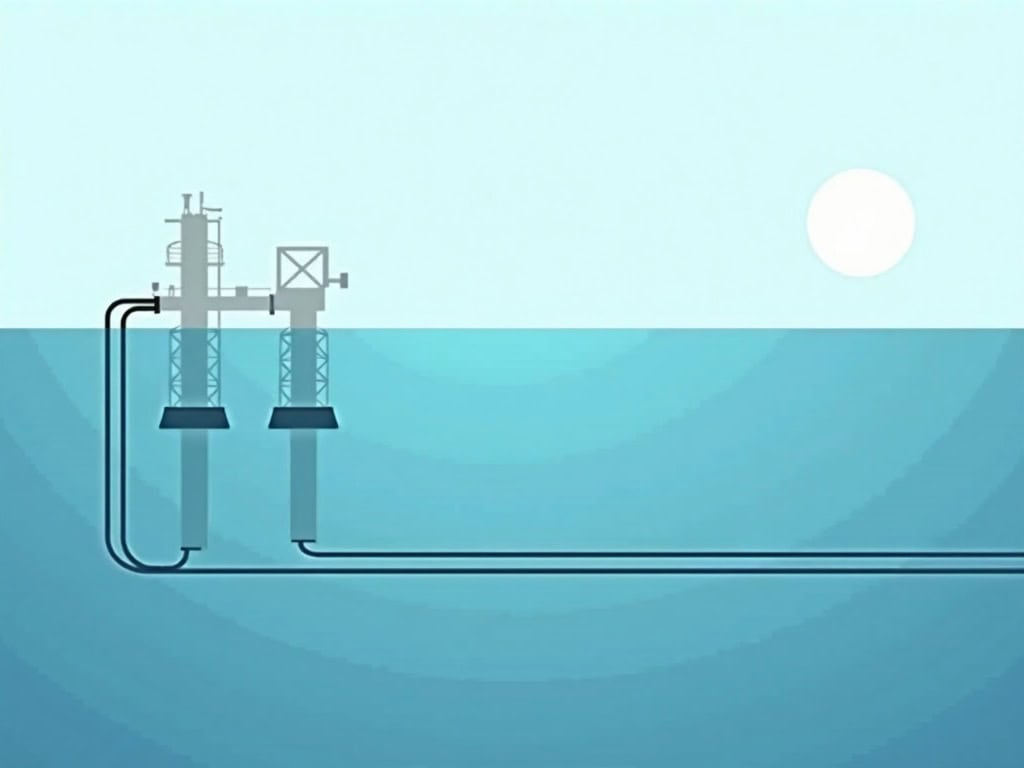Escalating Threats to Undersea Infrastructure: Global Maritime Security Strategies Emerge

Escalating Threats to Undersea Infrastructure Spark Global Maritime Security Overhaul
The global maritime security landscape is undergoing a dramatic transformation as nations scramble to protect Critical Undersea Infrastructure (CUI) from an unprecedented surge in hostile activities. Recent incidents have exposed significant vulnerabilities in the vast network of subsea cables and pipelines that form the backbone of global communications and energy distribution. Understanding cybersecurity's critical role in infrastructure protection has become paramount.
Major Developments and Their Impact
The September 2022 Nord Stream pipeline sabotage served as a watershed moment, prompting an international response from Europe, the United States, Australia, Japan, and India. The economic stakes are staggering – a single damaged subsea telecommunications cable can result in losses exceeding 24 million euros per day, while pipeline repairs can cost tens of billions of euros.
In late 2024, Chinese vessels were allegedly involved in cutting communication cables in the Baltic Sea, highlighting the growing trend of "grey zone" operations that provide hostile actors with plausible deniability. These incidents have accelerated the deployment of advanced security measures across multiple fronts. Organizations must focus on building comprehensive digital resilience strategies to protect against such threats.
Technological Response and Innovation
Nations are implementing a three-pronged defensive strategy:
-
Autonomous underwater vehicles (AUVs) and uncrewed surface vessels (USVs) are being deployed for surveillance, with Germany's "Blue Whale" stealth submarine drone leading NATO's Baltic Sea operations.
-
Integrated sensor networks are creating a "seabed to space" surveillance system, combining underwater, aerial, and satellite capabilities through initiatives like NATO's "Digital Ocean Vision."
-
Specialized vessels, such as the UK's RFA Proteus, are being commissioned to serve as mobile repair and drone deployment platforms.
Enhanced Security Measures
The maritime industry has embraced implementing security by design principles across its infrastructure. Modern security frameworks now incorporate:
- Advanced threat detection systems
- AI-powered anomaly detection
- Redundant communication networks
- Real-time monitoring capabilities
"The adversarial space is increasing while the attack surface and the complexity of our critical systems have gone underwater," explains Derek Fisher, Director of the Cyber Defense and Information Assistance Program at Temple University. "Modern threat models need to incorporate the reality that disruption can come in many forms."
The convergence of advanced technologies has made protecting undersea infrastructure more crucial than ever. As the maritime industry undergoes digital transformation, the risk of cyberattacks has increased significantly. The challenge requires unprecedented collaboration between private operators, government agencies, and military forces to ensure collective resilience against emerging threats.
For more information about undersea infrastructure protection, visit the International Cable Protection Committee.

